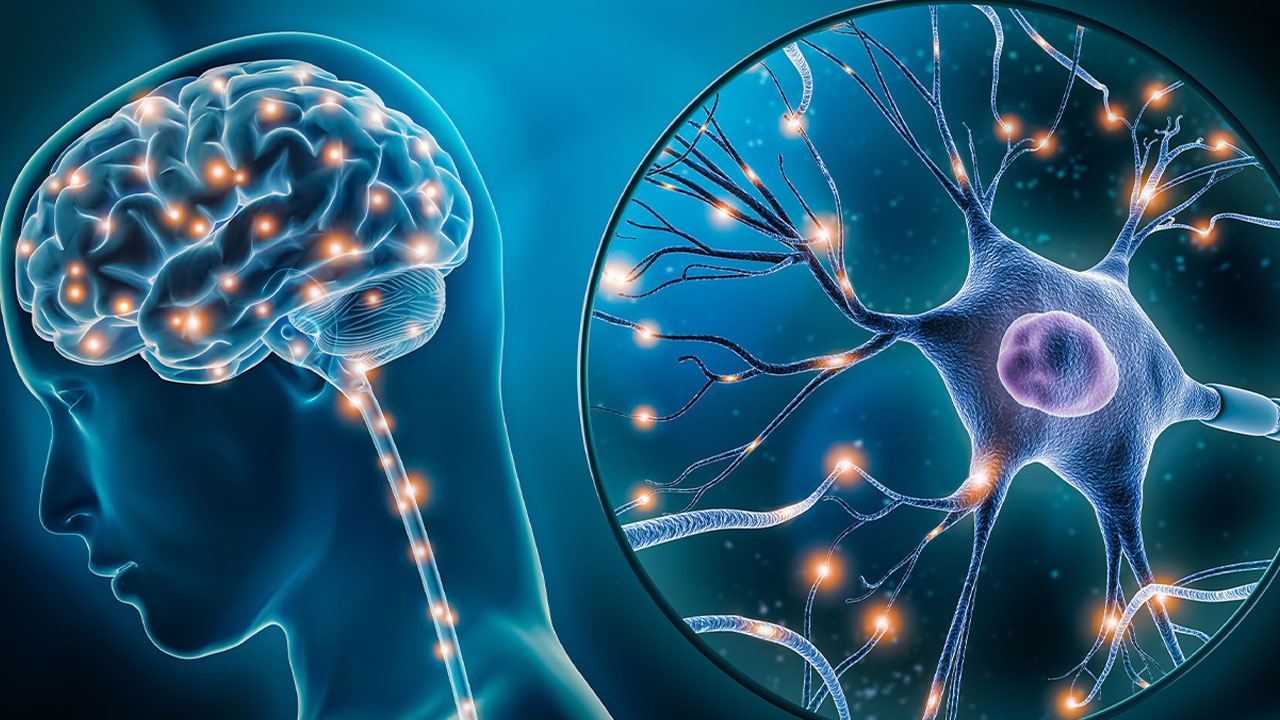
Parkinson’s disease is a neurological condition with progressively worsening symptoms. Approximately 10 million people worldwide live with the disease, affecting roughly one percent of the world’s aging population. Although the precise etiology of the illness is unknown, doctors think that both hereditary and environmental factors may be at play.
Neurodegenerative disorders include Parkinson’s disease, Alzheimer’s disease, Huntington’s disease, amyotrophic lateral sclerosis, and frontotemporal dementia. They are characterized by the loss of specific neurons and progressive deposition of debris in the brain. They cause
- Gradual paralysis
- Slow loss of feeling
- Gradual loss of memory
- Movement disorders resulting from dysfunction of motor neurons
What are the symptoms of Parkinson’s disease?
Parkinson’s disease results in the death of neurons in specific regions of the brain, which reduces the levels of dopamine, a neurotransmitter that facilitates communication between different brain regions. Symptoms of Parkinson’s disease include:
- Body tremors
- General body stiffness
- Difficulty initiating movements
- Postural instability
It is a chronic progressive disease that worsens over time and it could be inherited or sporadic. Although it currently has no cure, there are several treatment options available, including the following:
- Putative neuroprotective therapy slows down the underlying loss of dopaminergic neurons.
- Dopamine replacement therapy with drugs like L-dopa. These drugs get converted to dopamine and increase the total amount of circulating dopamine in the brain.
- Anticholinergic therapy to treat tremor symptoms.
- Surgical removal of brain regions like the globus pallidus, thalamus, or subthalamus.
- Deep brain stimulation of the subthalamus or globus pallidus.
However, stem cell therapy is proving to be a game changer over the past few years.

What are stem cells?
Stem cells are the unspecialized cells of the body that have the extraordinary potential for self-renewal, multiplication, differentiation, and becoming programmed for multi-lineage commitment.
Subtypes of stem cells include:
- Embryonic stem cells
- Induced pluripotent stem cells
- Mesenchymal stem cells
- Neural stem cells
These cells are used to treat a variety of illnesses, including neurodegenerative disorders. They stimulate the body’s defense mechanisms to hasten to heal and promote tissue regeneration.

How Stem Cells Can Help Treat Parkinson’s Disease
Currently, available treatment options appear inadequate for arresting the neurodegenerative process. Stem cell therapies aim to replenish damaged cells or improve the patient’s surrounding environment. The therapeutic applications of stem cell therapy have been transformative, providing valuable and appealing choices for treating many neurodegenerative pathologies like Parkinson’s disease.
Promising Clinical Research Findings
While the research is still in its early stages, there are many promising studies that show the potential of this therapy. Clinical trials using the transplanting of brain cells obtained from human fetuses into Parkinson’s disease-diagnosed patients to evaluate the procedure’s efficacy while limiting the potential negative effects have recently begun.
- Dopaminergic Neurons: Dopaminergic neurons derived from monkey embryonic stem cells have been transplanted into the brains of Parkinson’s disease patients, with encouraging results. These neurons, which are involved in the movement, have been successfully differentiated from human embryonic stem cells, which have also shown great potential.
- Experimental Rat Models: Experiments using rat models of spinal cord injury have revealed that embryonic stem cells migrate into the parenchyma and spinal cord. They resulted in some degree of motor recovery, inspiring researchers to pursue the seemingly impossible aim of reversing Parkinson’s disease’s devastating effects on the ability to move.
- Neural Stem Cells: Promising results have also been observed with neural stem cells. In order to alleviate Parkinson’s disease symptoms, NSCs can release DA because they have a dopaminergic interneuron phenotype. The motor impairments of a Parkinson’s disease rat model have been shown to be ameliorated by the effective differentiation of adult NSCs into functioning midbrain dopaminergic neurons in the subventricular zone.
- Mesenchymal Stem Cells: It has also been shown that mesenchymal stem cells (MSCs) can restore the function of injured striatal dopaminergic nerve terminals, therefore lowering dopamine depletion. Dyskinesia, functionality, and bladder function have all been shown to improve in studies, with minimal adverse effects.
- Induced Pluripotent Stem Cells: Dopamine replacement therapy using induced pluripotent stem cells (iPSCs) has shown promising results in individuals with Parkinson’s disease (Parkinson’s disease). It takes a lot of time and effort to induce them, but they can live for a long time and elicits a minimal reaction from the host’s immune system.
As seen, using stem cell-based regeneration therapies to restore the function of lost dopaminergic neurons is one possibility, while innovative disease-modifying medications could be utilized to halt further neuronal death.
What next?
Stem cell treatments are changing the lives of patients with neurodegenerative diseases like Parkinson’s. Stem cells are the body’s natural repair system, and they can be used to replace damaged cells in the brain. The treatment is a one-time procedure that has been shown to improve symptoms and quality of life for patients.
Stem cell-based treatments have emerged as the most promising means of providing a successful regenerative therapy that may easily be scaled for the treatment of large numbers of patients, taking into consideration historical experiences with other cell sources. After decades of work, clinical trials are finally on the horizon. Highlighting the progress that has been achieved toward a cell-based regenerative therapy for Parkinson’s disease, the questions posed in this discipline are now increasingly targeted at understanding how these treatments can be administered to patients.


